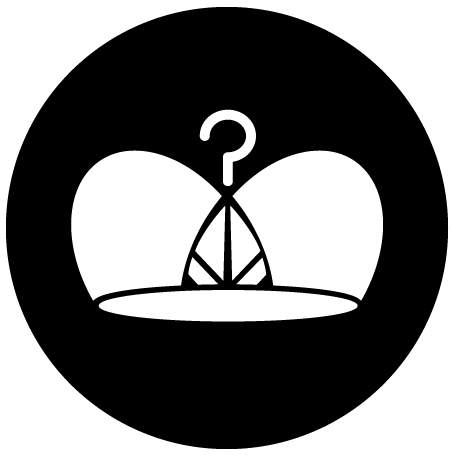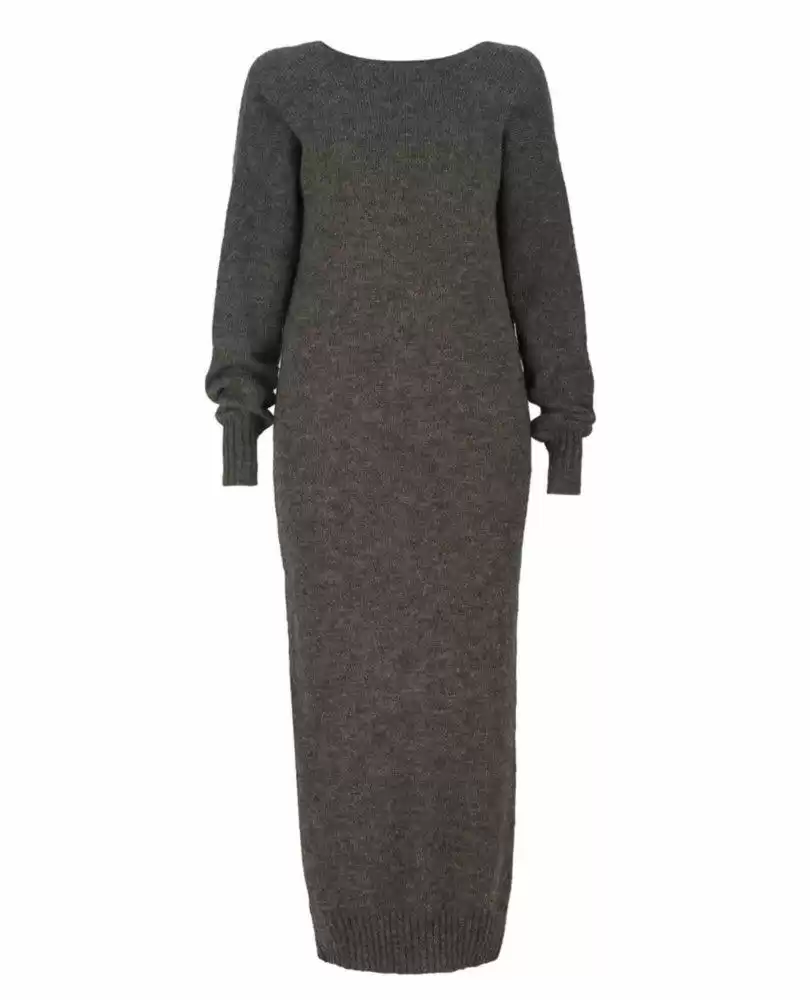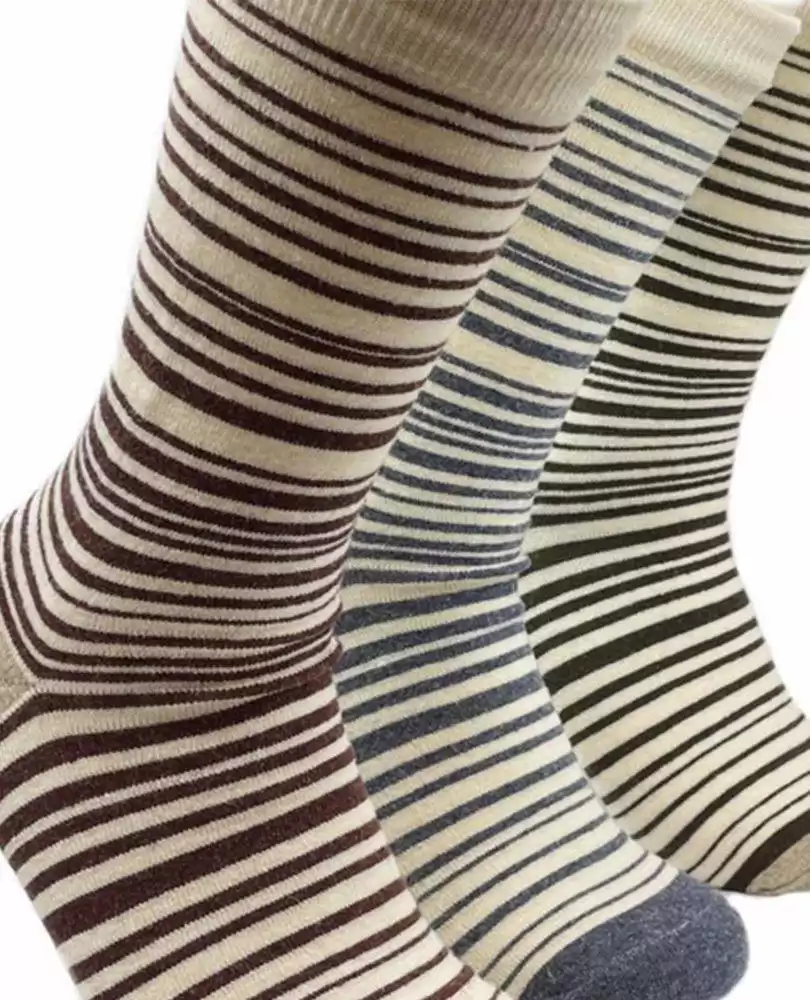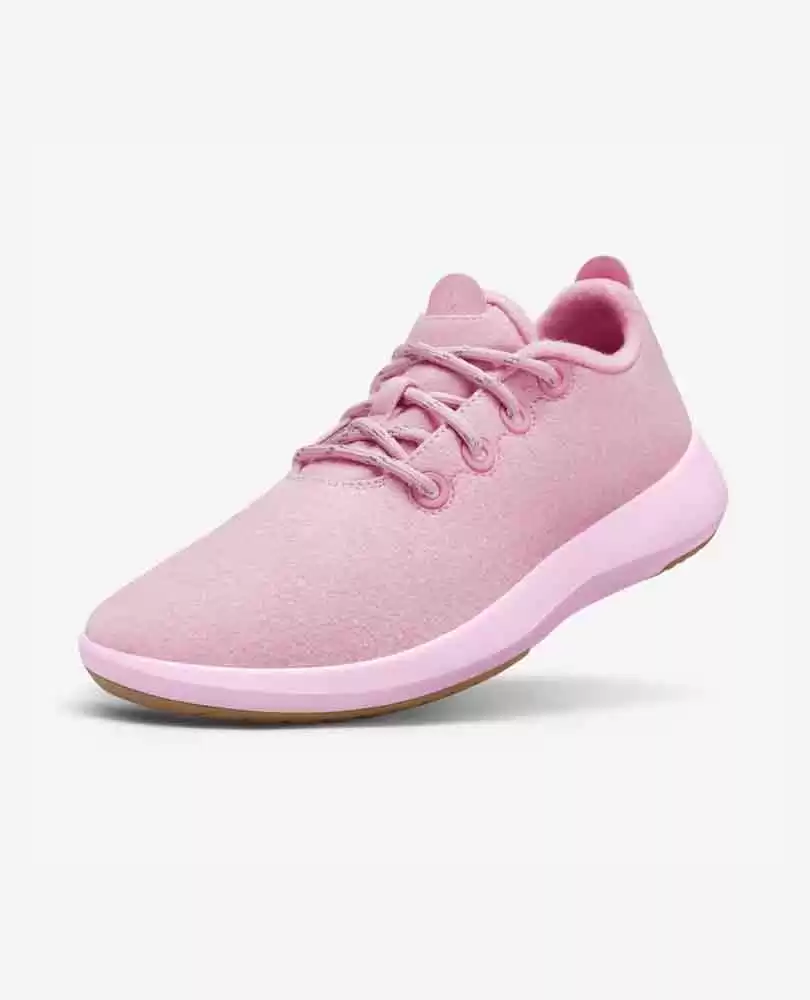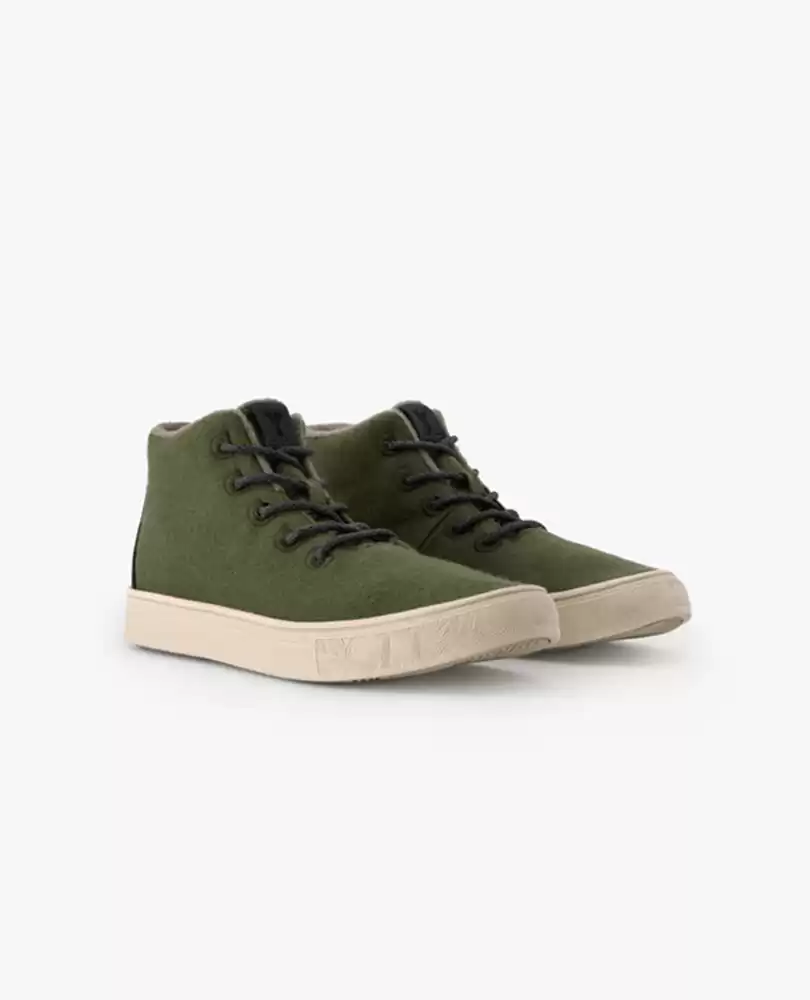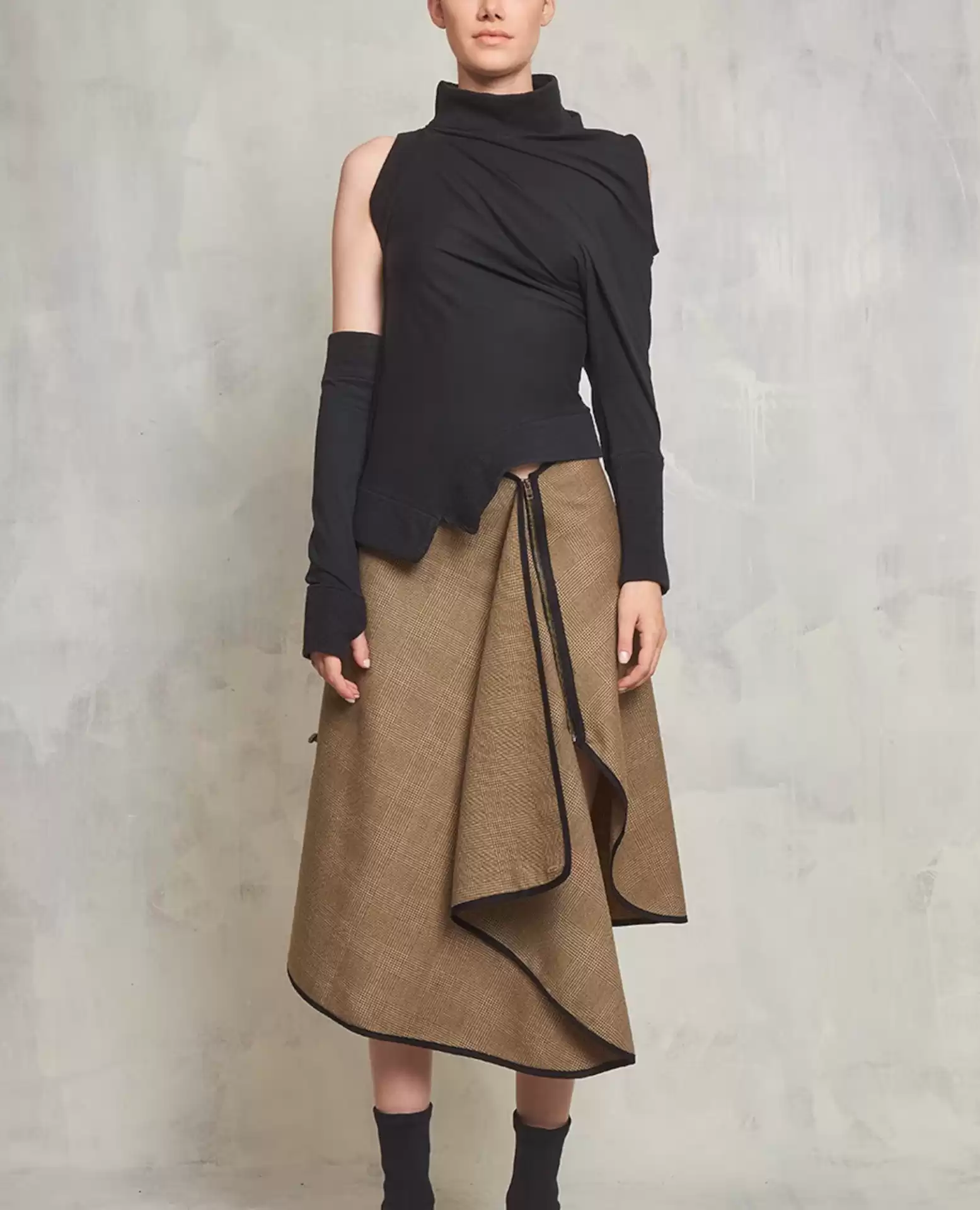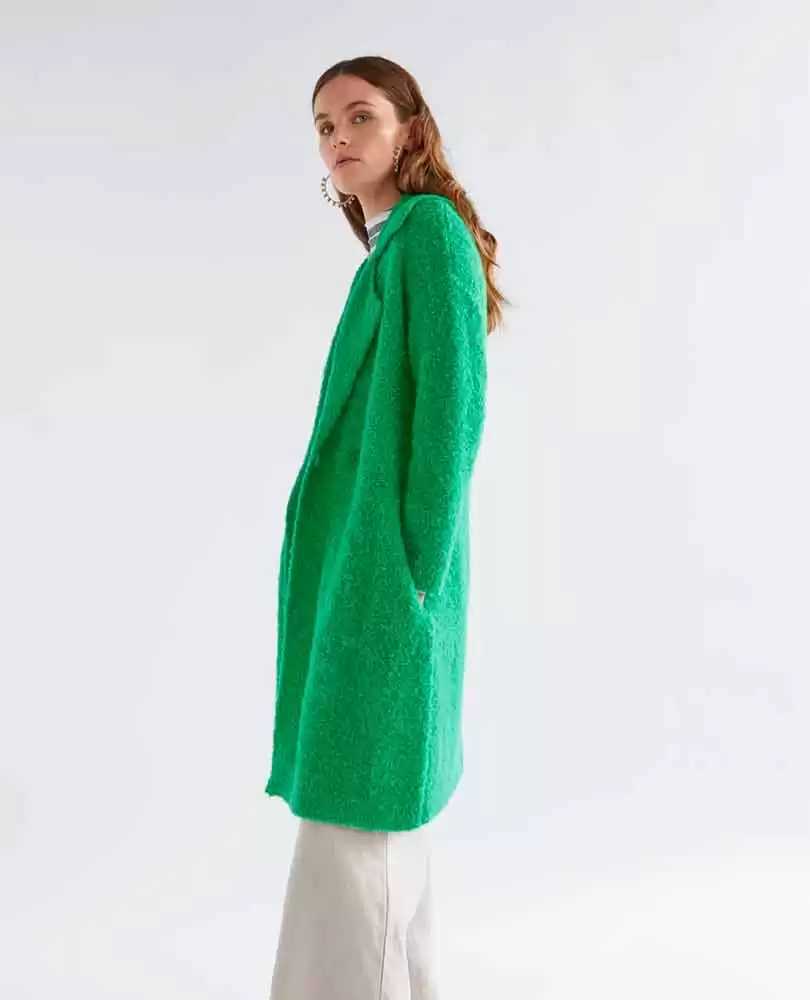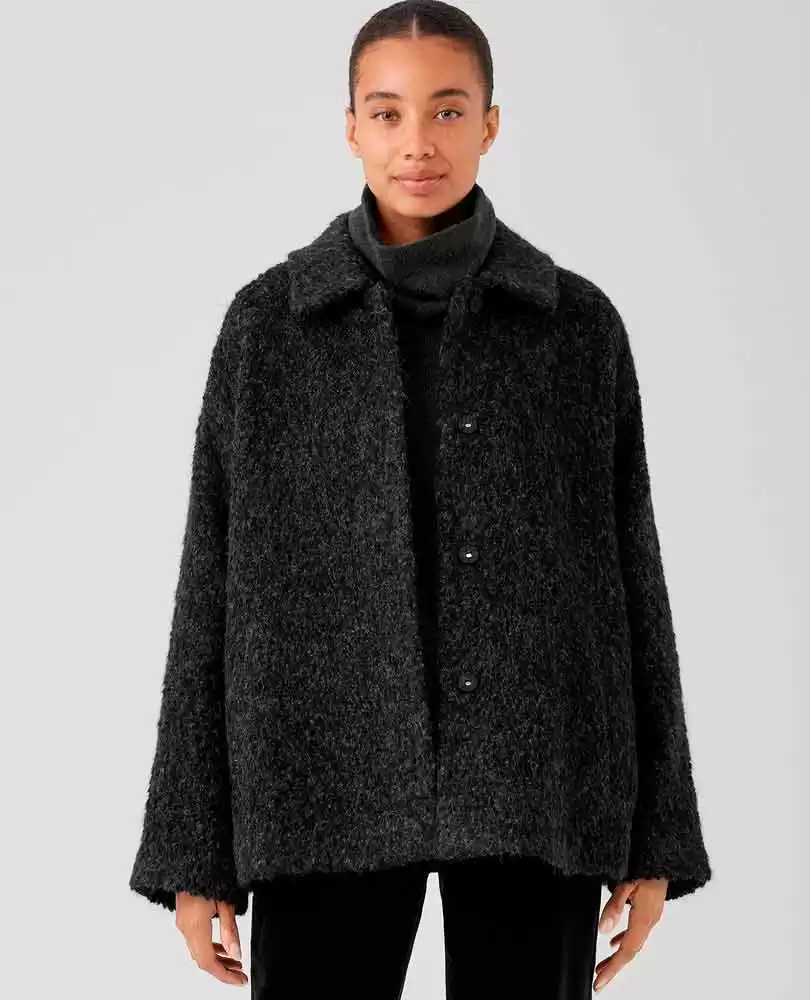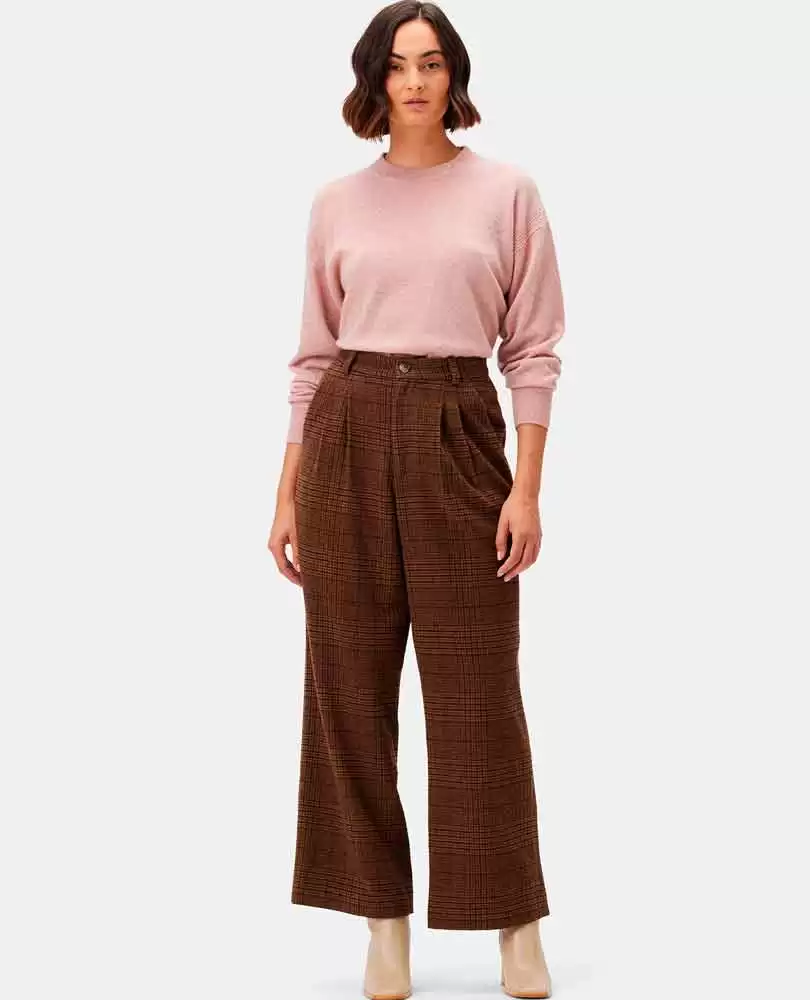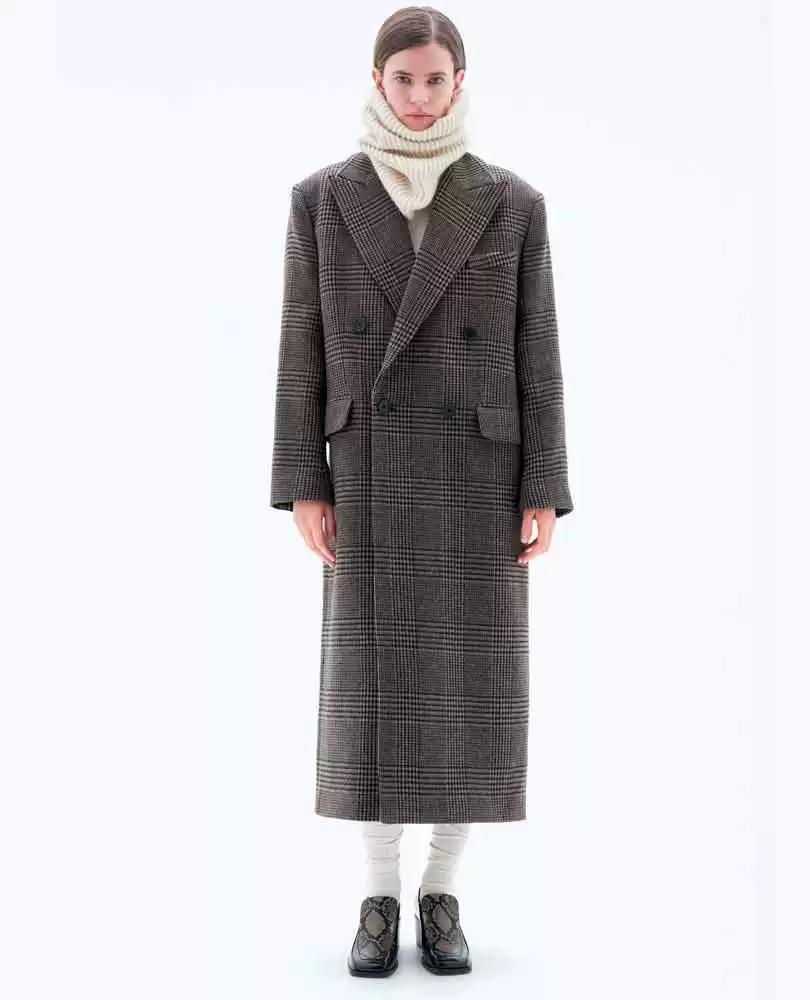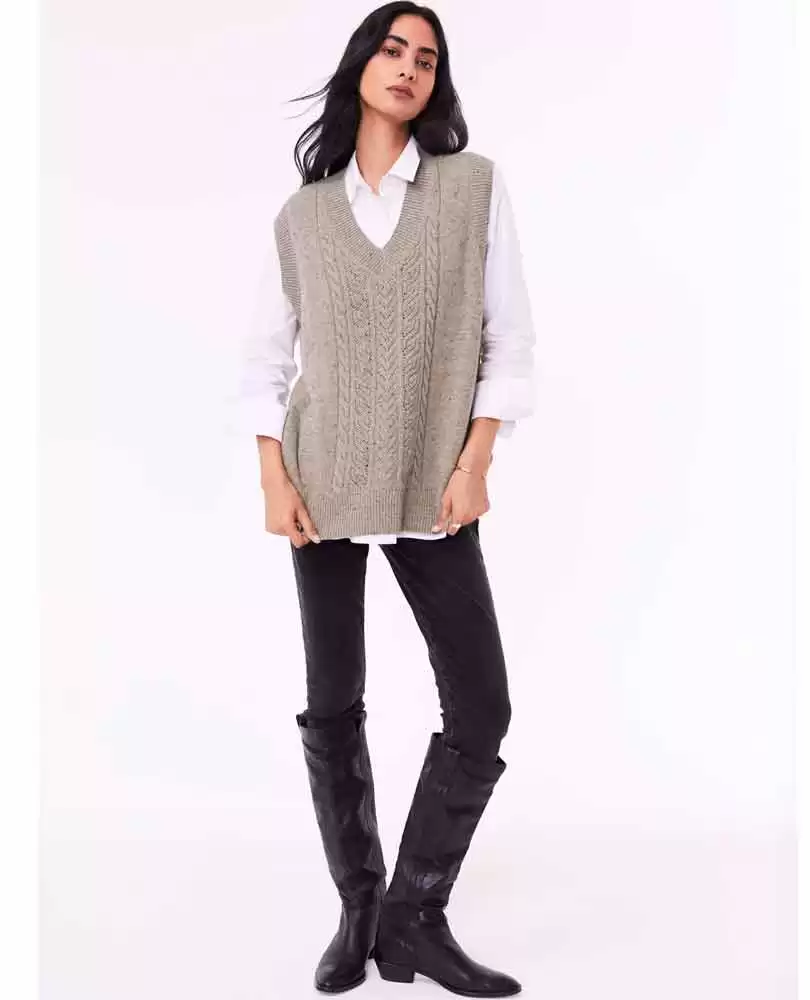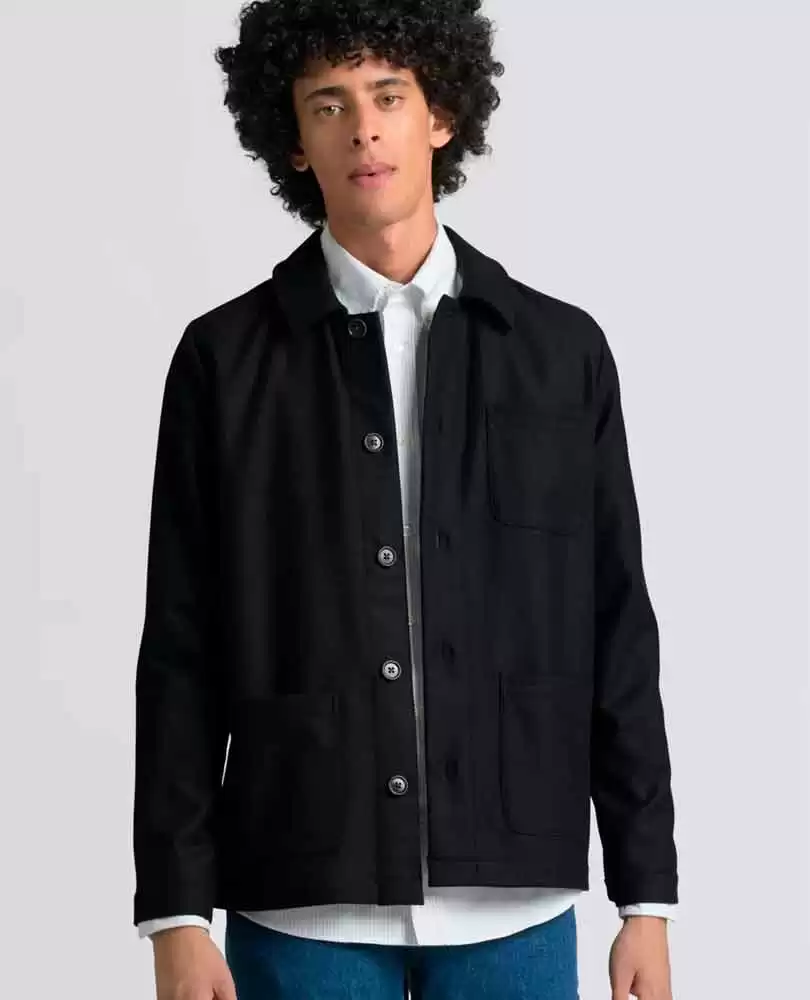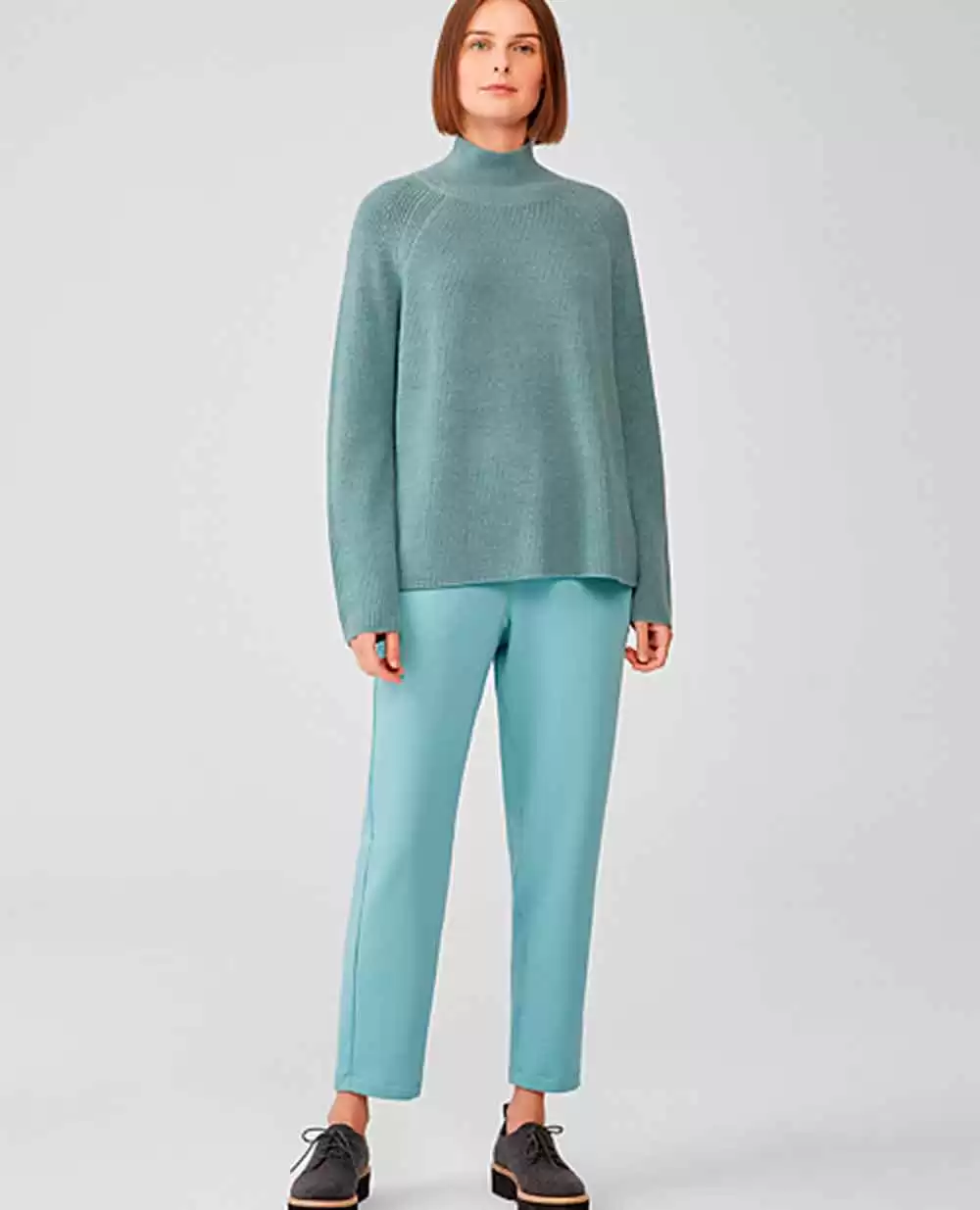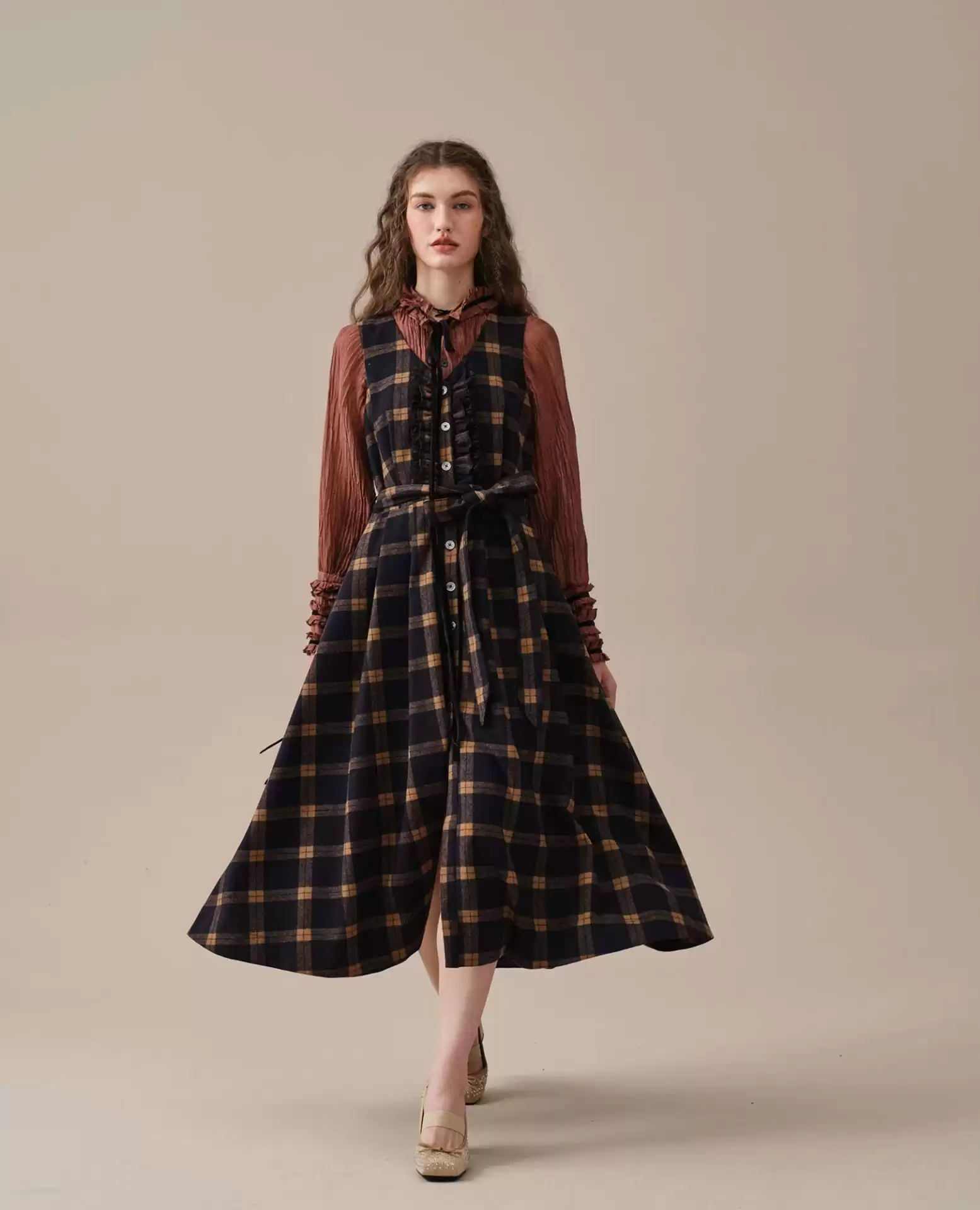19 Apr Why is wool an eco-friendly fiber?
Astronauts wear wool for comfort in space, wool protects mountain climbers and polar scientists, sailors who navigate the oceans, and men who extract oil in Alaska. It can keep us cool in the heat of the day and warm at night, and it can absorb moisture without feeling wet. Wool is fantastic, isn’t it? Let’s learn about all sides of wool production and how to enjoy wool sustainably.
How is wool produced?
Wool is an animal fiber and is basically fleece from sheep. The material is prepared by shearing (removing fleece from a sheep), scouring, grading, dyeing, and drying. We can also get wool from many other animals like goats (such as cashmere and mohair), alpacas, rabbits (Angora wool), and even camel. Wool bio-degrades easily as a protein-based fiber, and when you wash wool, it doesn’t contribute to microplastic pollution.
If you live a strict vegan lifestyle, wool is probably not for you. However, an increasing number of people are choosing veganism for its sustainability benefits, and a way to avoid cruelty of the meat, poultry, and dairy food systems. Since wool usually doesn’t involve killing of animals, it’s possible for these parts of the industry to be cruelty-free. Some vegans may be comfortable with choosing artisanal and indigenous sources of wool, supporting their local community where animals are well cared for and treated with respect.
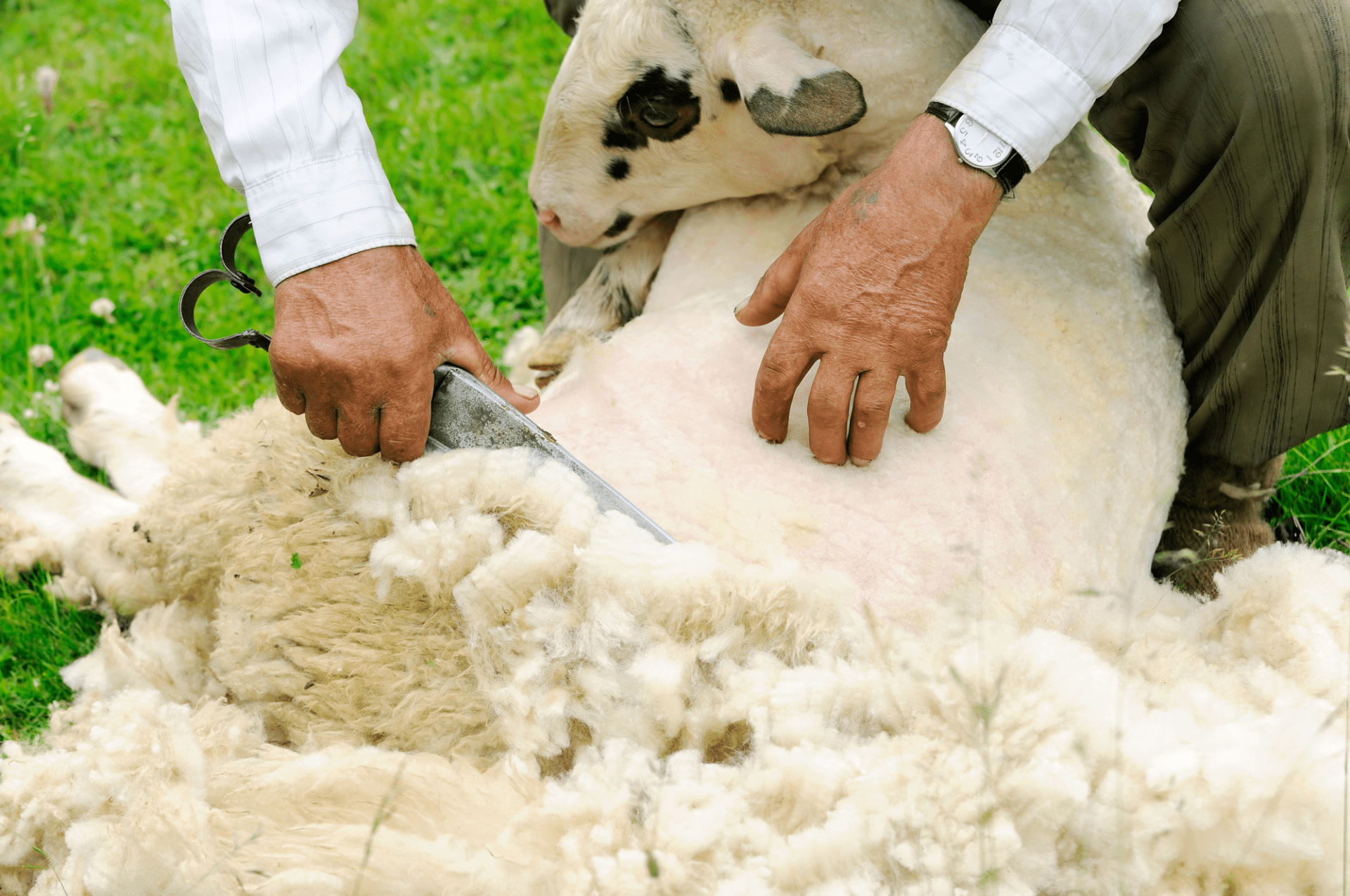
I fell in love with wool even more when I found out that sheep are part of the natural carbon cycle, consuming organic carbon stored in plants and converting it to wool. Fifty percent of the weight of wool is pure organic carbon. So if wool producing farms are managed sustainably it means that the grazing of sheep can help restore the ability for the land to sequester carbon from the atmosphere. What an amazing fiber!
Why is organic wool the best?
If farmers use harmful chemicals to treat animals for ticks and other pests, the wool produced cannot be considered organic. When wool is collected, it needs to be processed using heat, water and chemicals to turn into fabric. A large proportion of the wool available on the market is sent to China for processing, where the environmental regulations are lax. It’s quite possible that the water used in the process is not treated before being released into waterways.
If you want to minimize the impact of wool garments you use, buy locally spun yarn, where environmental regulations ensure that water discharge is treated with care and according to the laws and standards. It goes without saying that we should shop for organic wool. Organic farmers pay much attention to everything that happens on their land.
Organic means that the yarn was produced without the use of chemical pesticides and that the quality of agricultural land and animal health were maintained.
The main certificates for other fabrics are also applicable for wool:
GOTS: If the GOTS mark is on the label, you can be sure that a yarn in your hands is not just sustainable, but also organic and fair-trade!
OEKO-TEX certifies that the yarn has been produced in an environmentally and human-friendly way. The closer the product comes into contact with the skin, and the more sensitive the skin, the stricter the requirements. If you see the OEKO-TEX sign, it means that the yarn is dyed using ecological dyes and workers have good working conditions without being exposed to harmful substances.
If a garment is made from recycled materials, there is usually a recycle symbol on the label. GRS – The Global Recycled Standard – is awarded to a yarn or a garment, when the recycled materials in the yarn meet the required social, ecological, and chemical standards.
